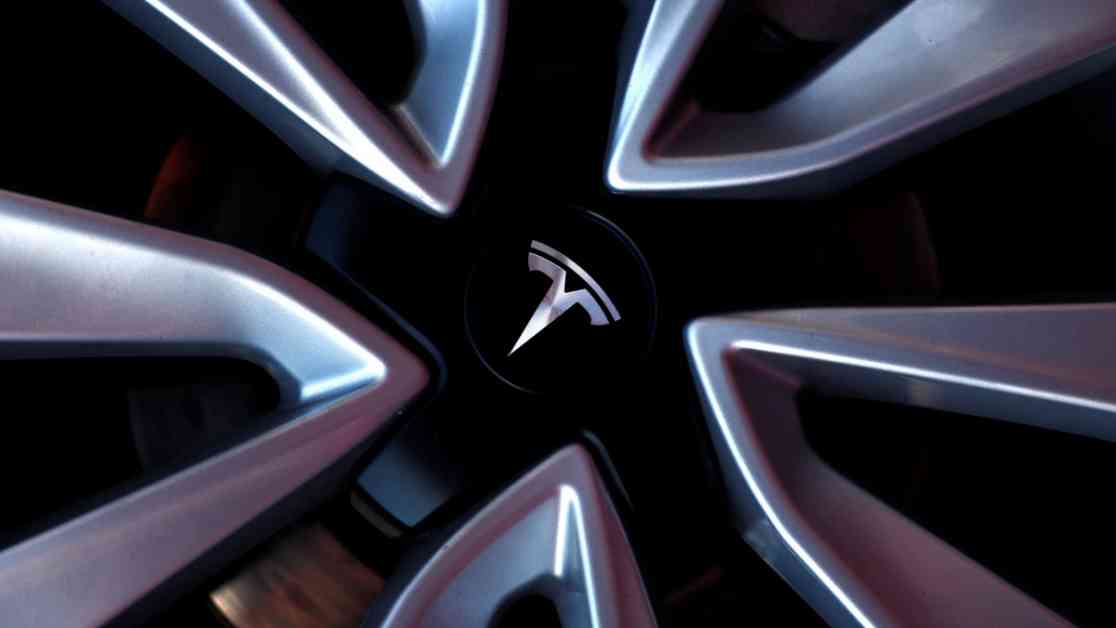Tesla, the Austin, Texas-based electric vehicle company, reported a 45% drop in net income for the second quarter of the year compared to the same period last year. Despite a decline in profits, Tesla’s revenue increased by 2% to $25.5 billion, surpassing Wall Street estimates. The company attributed the decrease in net income to a challenging operating environment, which led to lower global sales of electric vehicles.
In the second quarter, Tesla sold 443,956 vehicles, a 4.8% decrease from the previous year. This decline in sales was a reflection of weakening demand for Tesla’s existing product lineup. However, the company’s energy-storage business saw significant growth, generating over $3 billion in revenue, double the amount from the same period last year.
Tesla’s gross profit margin, a key performance indicator, fell to 18% in the second quarter from 18.2% a year ago. The company highlighted its plans for new models, including more affordable options, which are scheduled to begin production in the first half of next year. Tesla hinted at a smaller model priced around $25,000, leveraging both current vehicle components and next-generation technologies.
Despite facing challenges in the current market, Tesla remains optimistic about its future growth potential. The company emphasized its focus on advancing autonomous driving technology and introducing new models to drive sales growth. Tesla also noted that it is in the midst of two major growth waves, with the next one expected to come from innovations in autonomous vehicles and new product offerings.
In addition to its electric vehicles, Tesla generated revenue from regulatory credits purchased by other automakers who are unable to meet government emissions targets. The company reported $890 million in revenue from regulatory credits for the quarter, double the amount from previous quarters. Tesla also incurred $622 million in restructuring and other expenses during the quarter, including workforce reductions.
Looking ahead, Tesla is committed to delivering on its plans for new vehicle models and expanding its product lineup to attract a broader range of customers. The company’s strategic focus on affordability and innovation in electric vehicles is expected to drive future growth and cement its position in the market. Despite the challenges faced in the second quarter, Tesla’s long-term outlook remains positive as it continues to innovate and expand its presence in the electric vehicle industry.










